ABOUT JAPAN
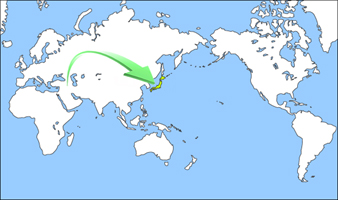
General information of Japan
From the end of March to April, Japan’s iconic cherry blossoms will color the country and the season will be the most comfortable in a year.
You can really enjoy magnificent scenery everywhere such as mountains and gardens covered with sweet pink cherry flowers.
Climate of Japan
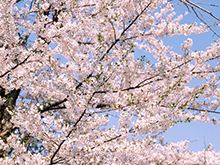
Spring (March to May)
From the end of March to April, Japan’s iconic cherry blossoms will color the country and the season will be the most comfortable in a year.
You can really enjoy magnificent scenery everywhere such as mountains and gardens covered with sweet pink cherry flowers.
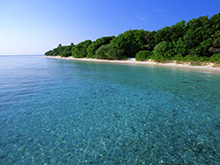
Summer (June to August)
After the end of June, follows a three-weeks rainy season, then very hot and humid climate comes after July.
Many Japanese enjoy the season, by swimming in the sea or relaxing at cool mountain resorts.
There are interesting events held across the country such as festivals or fireworks.

Autumn (September to November)
Autumn is the season with fragrant breeze and pleasant temperature.
Forests are all painted in red and yellow, the autumn colors, and show us distinctive beauty like no other seasons.
In Japan, autumn is the season for music concerts and sporting events.
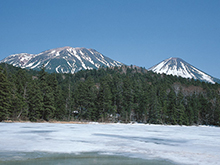
Winter (December to February)
During winter season, the temperature may fall below 0 degree C even in lowland located alongside the Pacific Ocean.
The air is very dry and clear weather is typical.
The middle and northern parts of the country see much snowfalls and people can enjoy winter sports such as skiing.
In Southern Japan, the weather is relatively calm even in winter.
Western Japan Highlight
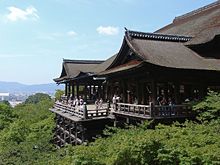
KYOTO
Kyoto, the world-class tourist city has various shrines and temples with long and distinguished histories and been nurtured by everlasting history called Millennium city. In many facilities, people can actually have a stroll around the sites so that you can feel traditional culture and arts more closely.
In addition, not limited to shrines and temples, everywhere in the city you can find many historic structures sophisticatedly incorporated Japanese specific nature, so you can enjoy their beautiful scenery from season to season.
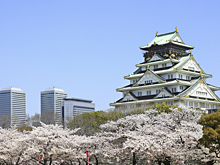
OSAKA
Osaka is the second largest city after Tokyo and the center of politics, economy and transportations in Western Japan.
Any and all goods are displayed in busy shopping promenade, just like souq. There are many entertainment opportunities from traditional performing arts such as Bunraku to Manzai (Comic dialogue) and wide variety of foods are offered in the city with Osaka citizens being fussy about how food tastes.
To know the Japanese deepness in tour, food and shopping, Osaka may be the best place to visit.
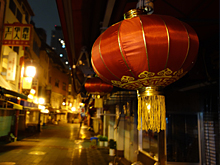
KOBE
Kobe is the port town sandwiched by Seto Inland Sea and Mt. Rokko.
It was an old trading port, and was the gate for Western and Chinese cultures. That’s why it has many western style constructions and China Town then the first Mosque in Japan.
Arima hot spring, located on the north of Mt. Rokko, is one of the oldest and most famous hot springs in Japan.
Across the Seto Inland Sea, there is Shikoku Island, and in winter you can enjoy skiing on Mt. Rokko, so Kobe is the hub for sightseeing.
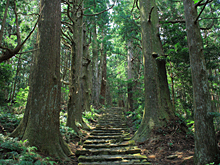
NARA / WAKAYAMA
Nara and Wakayama are not so famous as Kyoto and Osaka, but they too don’t lack the sightseeing spots.
Nara has many temples, for example Todaiji of the Colossal Hall of the Great Buddha, and comes next to Kyoto in their historical heritages.
Mountains of Yoshino and Kumano from Nara to Wakayama are deemed as holy sanctuary of both of Shugendo, a Japanese old mountain religion, and esoteric Buddhism, and there you can feel solemn atmosphere of nature.
Useful Link
-
- Kyoto travel guide
- http://kyoto.travel/en/
-
- Osaka Info
- http://www.osaka-info.jp/en/
-
- Hyogo tourism guide
- http://www.hyogo-tourism.jp/english/
-
- Nara city sightseeing information center
- http://narashikanko.or.jp/en/

